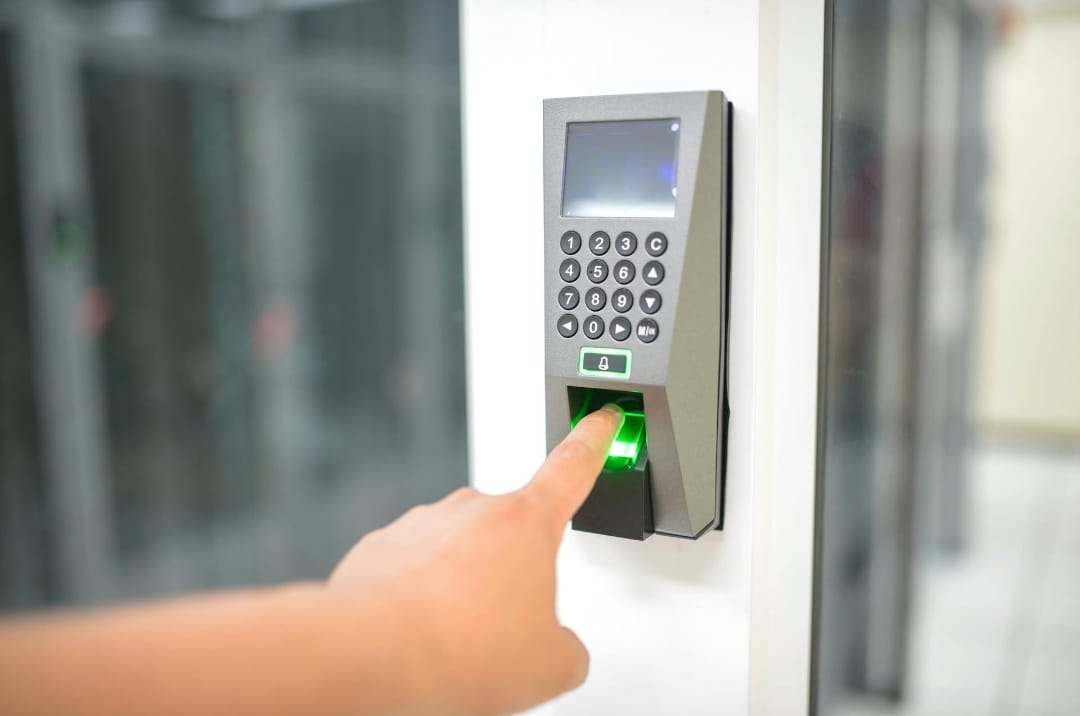Harnessing Biometrics: Applications in the Modern Workplace
3 min read
Biometric technology has revolutionized the way organizations manage security, access control, and workforce management in the workplace. By utilizing unique physical characteristics such as fingerprints, facial features, and iris patterns, biometrics offer a highly secure and convenient means of authentication and identification. In this article, we’ll explore the various ways biometrics can be used in the workplace to enhance security, streamline operations, and improve overall efficiency.
Access Control and Authentication
One of the most common applications of biometrics in the workplace is access control and authentication. Biometric systems can replace traditional methods such as keycards, PIN codes, or passwords, providing a more secure and reliable means of verifying identity. Employees can use biometric identifiers such as fingerprints or facial recognition to gain access to secure areas, office buildings, or computer systems, eliminating the need for physical keys or access cards.

Time and Attendance Tracking
Biometric technology can streamline time and attendance tracking processes by accurately recording employees’ clock-in and clock-out times. Biometric time clock systems use fingerprints or facial recognition to verify employees’ identities, eliminating the possibility of time theft or buddy punching. This ensures accurate payroll processing and helps organizations maintain compliance with labour regulations.
Identity Verification and Fraud Prevention
Biometrics can play a crucial role in verifying individuals’ identities and preventing fraud in various workplace scenarios. For example, biometric authentication can be used to verify employees’ identities during financial transactions, access to sensitive data or systems, or enrolment in employee benefits programs. By ensuring that only authorized individuals have access to critical resources, biometrics help organizations mitigate the risk of fraud and unauthorized access.
Visitor Management and Security
Biometric technology can enhance visitor management processes by providing a secure and efficient means of identifying and tracking visitors to the workplace. Visitor management systems can capture biometric data such as fingerprints or facial images during check-in, ensuring that only authorized individuals are granted access to the premises. This helps organizations maintain security and compliance with visitor policies while enhancing the overall visitor experience.
Physical and Cybersecurity Integration
Integrating biometric systems with physical and cybersecurity measures can further enhance workplace security and data protection. Biometric authentication can be used to control access to sensitive areas, computer networks, and digital assets, reducing the risk of unauthorized access and data breaches. By combining biometric authentication with other security technologies such as encryption, firewalls, and intrusion detection systems, organizations can create a robust defense against cyber threats.
Health and Safety Compliance
In light of the COVID-19 pandemic and increased focus on health and safety in the workplace, biometric technology can play a role in ensuring compliance with health and safety regulations. Touchless biometric solutions such as facial recognition or iris scanning can minimize physical contact and reduce the risk of virus transmission while maintaining security and access control protocols.
Biometric technology offers a wide range of applications in the modern workplace, from access control and authentication to time and attendance tracking, identity verification, visitor management, cybersecurity, and health and safety compliance. By leveraging biometrics, organizations can enhance security, streamline operations, improve efficiency, and ensure compliance with regulatory requirements. As biometric technology continues to evolve, it will play an increasingly important role in shaping the future of workplace security and workforce management.




